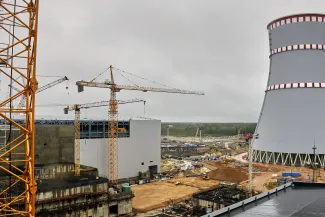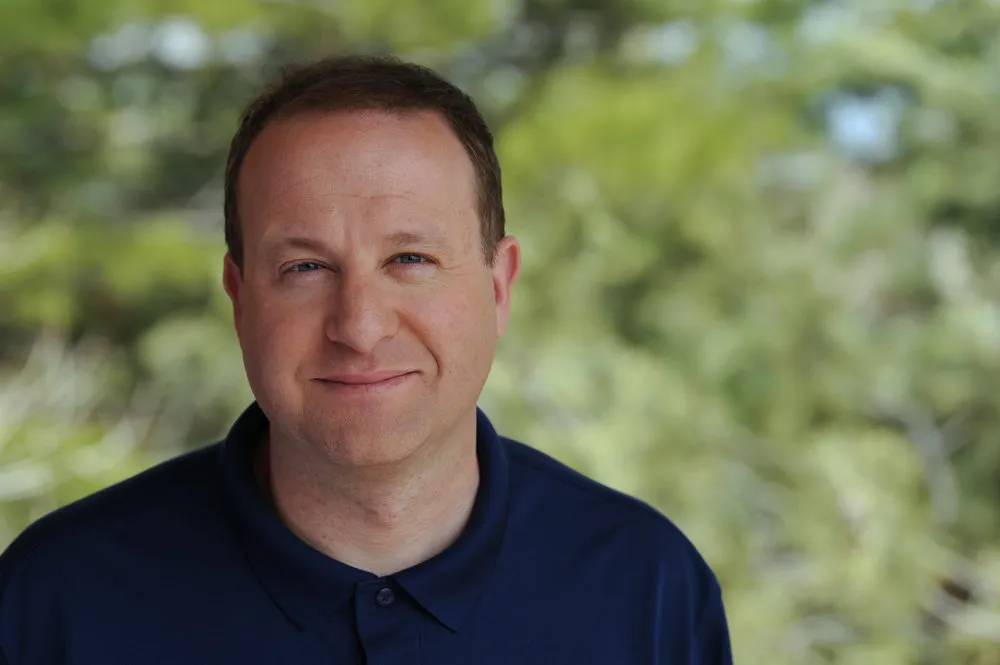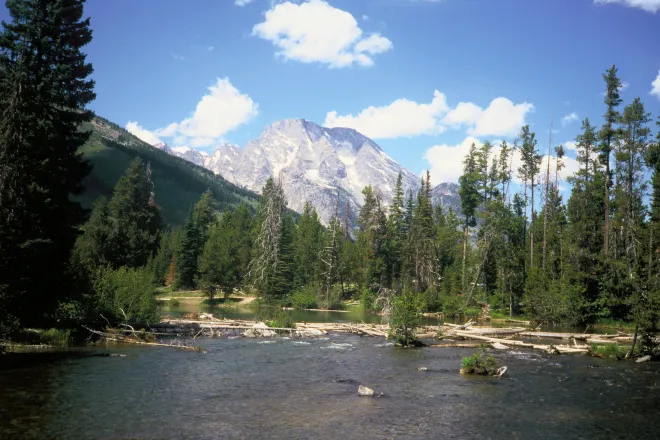
Commentary: Xcel’s transition away from coal is an opportunity to achieve 100% clean energy in Colorado
Xcel Energy’s recent decision to close its coal power plants across the state by 2030 puts Colorado at an important crossroads. The closing of these power plants, most notably Comanche 3 in Pueblo, presents an opportunity to transition our state to cleaner energy.
However, Xcel is proposing to replace the electric power from their coal plants in part with new gas-fired plants and are contemplating nuclear energy, all detailed in Xcel’s Just Transition Plan. But, the plan needs approval from the Public Utilities Commission to move forward. This is the perfect moment to tell the PUC we need a clean-energy future instead of one stuck with expensive, dysfunctional and polluting power plants for decades to come.
Doing so will ensure our state’s long-term health and financial well-being, and it will prevent the worst effects of climate change.

© Vital Hil - iStock-1461437060
Under Colorado law, Xcel’s plan must result in an 80% reduction in carbon dioxide emissions from 2005 levels by 2030, and nuclear energy may be used on the way to achieving Colorado’s commitment to 100% clean energy by 2050. However, nuclear energy carries great administrative and environmental risk, and Xcel already operates over 20 natural gas plants in the state. Xcel deserves credit for expanding the use of renewable energy in their plan, but the best time to plan for 100% renewable, nuclear-free energy is now.
With rapid advances in technology and our understanding of Colorado’s renewable energy capacity, achieving a 100% renewable energy grid for Colorado is not a far-fetched goal. Modeling by the National Renewable Energy Laboratory shows that Colorado has the wind and solar potential to meet our current demand many times over. And wind and solar technology continues to improve, increasing in efficiency by 30% to 40% in the last 15 years alone. Geothermal energy is also on the horizon for Colorado. The Western Governors’ Geothermal Task Force estimatesColorado can produce significant geothermal power within a decade, and Geothermal Technologies Inc. estimates it could produce 400 megawatts of power from several known sites.
A common concern with a 100% renewable grid is the daily and seasonal variability of wind and solar generation. However, renewables can meet demand 24/7, every day of the year by ramping up storage capacity combined with more constant sources like geothermal. The storage capacity of batteries continues to dramatically improve, enabling renewable energy grids to smooth out variability and release surplus power when it’s needed most. Studies have shown the feasibility of a 100% renewable energy grid for Los Angeles, the U.S. and many other cities and countries around the world. In fact, seven countries have nearly reached 100% renewable grids already.

© Eyematrix - iStock-453911335
Moving to 100% renewable energy is not only possible for Colorado, but is the best path for our health and environment. Pollution from gas-fired power plants poses serious risks to the health of those living nearby, including from nitrogen oxides and other airborne toxins that can cause cancer and cardiovascular disease. Colorado, and the Front Range in particular, also suffers from poor air quality due to high levels of ozone. Unfortunately, a warming climate is only making our ozone problems more severe and frequent.
Renewable energy is also the smart choice for Colorado’s economy. Numerous studies have shown that the development of wind and solar brings new jobs, especially if Colorado encourages more rooftop solar. The financial value of the public health benefits of using clean, renewable energy sources would also be sizable. Estimates for public health savings in Los Angeles, assuming a move toward 100% renewables, come in at $1.5 billion for a single year. Applied to Colorado’s population, that would be over $2 billion in savings per year. Finally, a timely transition to 100% renewable energy will help us avoid the worst climate-influenced disasters and their ever-mounting costs, such as the devastating Marshall Fire several years ago.
If we want to achieve this future of economic, health, and environmental benefits, there is no place for Xcel to build additional gas-fired plants or chase risky solutions like nuclear energy. We know that a transition to 100% renewable, nuclear-free energy is possible, so let’s advocate for it. We owe it to ourselves and the next generation of Coloradans to do so.
















